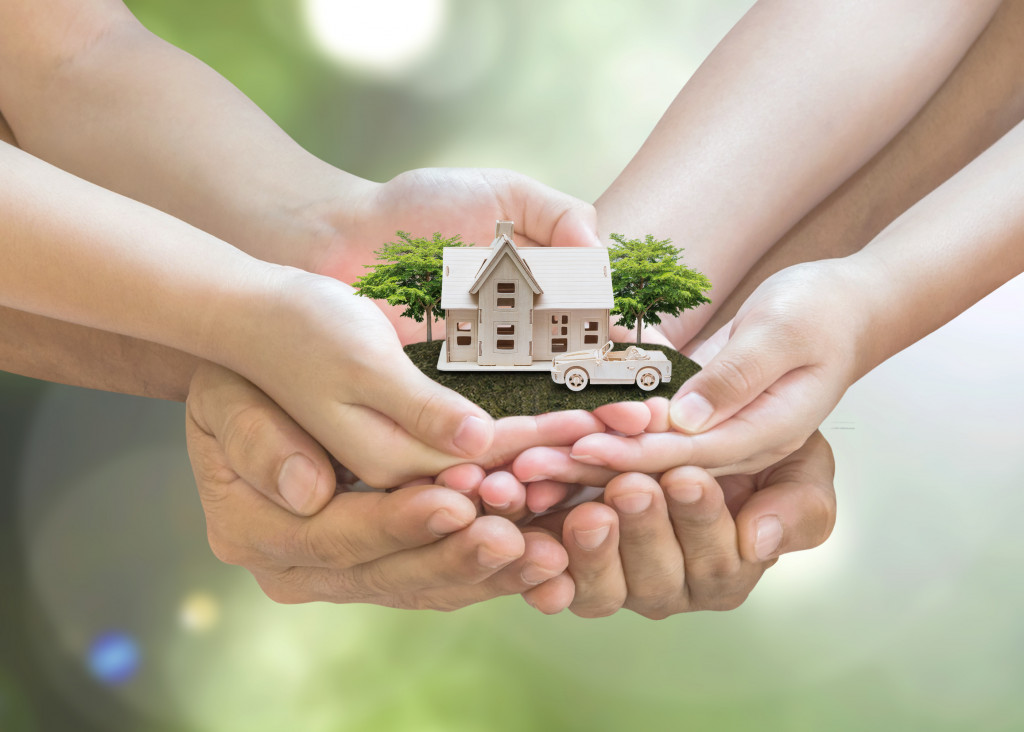Sustainability is a buzzword that has been gaining traction in recent years, and for a good reason. American households are responsible for 9.4% of carbon emissions in the country. As climate change accelerates, it’s becoming increasingly important to make changes to reduce people’s carbon footprint, and sustainability is the key to doing this. Here are five reasons why every American home should be sustainable.
Reduce Waste and Spend Less Money
One of the most obvious benefits of making your home more sustainable is that you’ll be able to reduce waste and save money by using less energy. Using more efficient appliances, such as LED lights. These lights are more efficient than regular light bulbs, and they use less energy to provide the same amount of light.
You can also install solar panels to take advantage of free renewable energy from the sun or use rain barrels to collect water for gardening. All these solutions will help reduce your monthly expenses and your carbon footprint.
Improve Your Health and Lifestyle
Making your home more sustainable can also help improve your health and lifestyle by bringing nature inside your home. There are various ways a sustainable home can improve your health and lifestyle. Here are some of those ways:
Improve Air Quality
Making your home more sustainable can also improve air quality inside and outside of your house by reducing pollutants such as dust, pollen, smoke, mold, VOCs (volatile organic compounds), and other allergens that are known to cause health problems, including asthma and allergies. In addition, installing high-efficiency HVAC systems combined with air purifiers can help keep air quality levels high while reducing energy consumption simultaneously!
Additionally, indoor plants are a great way to purify air naturally while adding a touch of nature indoors. Plus, you can grow food indoors with hydroponics systems if you have limited space or live in an urban area where outdoor gardening isn’t feasible. Finally, you’ll need a water well if you want a sustainable hydroponics system. You can contact your local water well drilling service to drill a well. They drill a deep enough well to provide the water you need for your hydroponics system.
By producing clean food without relying on chemical fertilizers or pesticides, you can enjoy healthier snacks right from home with little effort!
Mental Health
Sustainability is also connected to mental health, which is why many urban gardening programs emphasize a connection between nature and mental health. By clicking with plants and growing your food, you’ll reap the benefits of fresh air, natural light, and much more!
Learning From Nature
One of the best things about sustainable homes is that they offer homeowners the opportunity to learn from nature. For example, passive solar heating has been used for centuries by our ancestors in sun-drenched areas like Greece or Mexico. These techniques were passed down through generations because they work so well!
Use these same techniques to heat and cool your home without using expensive energy sources or complex HVAC systems. For example, open windows or add additional windows or skylights during the warm months to let in natural sunlight and reduce your reliance on electric lighting. During cold months, block out excessive heat or close curtains at night to help trap heat inside your home while reducing energy costs by blocking out the sun.

Preserve Precious Resources
The U.S. has been exploiting natural resources since the country was founded. Some of the most common natural resources exploited by the government include oil, gas, and mineral deposits.
Making your home more sustainable is just one way of preserving precious natural resources and limiting humans’ impact on the environment.
The exploitation of resources is one of the reasons why you should consider making your home more sustainable. Sustainability helps preserve our precious resources for future generations. By investing in reusable materials like cloth towels instead of paper ones or glass containers instead of plastic ones, you’ll be helping reduce waste that ultimately ends up in landfills or oceans—a significant source of pollution today. In addition, switching to single-use plastics will help keep plastic out of waterways and protect wildlife from ingesting harmful toxins in plastics.
Another way to reduce waste and protect resources is to invest in composting systems. These systems make it easy to convert food scraps into a nutrient-rich fertilizer that can nourish outdoor gardens or indoor plants, helping reduce your home’s impact on the environment while improving your garden’s health and yield.
Making changes toward sustainability is no longer just an option. Instead, it’s something that people must do if they want to preserve our planet for future generations and protect themselves against the effects of climate change. There are plenty of ways to make their homes more sustainable—and reap the rewards along the way!
